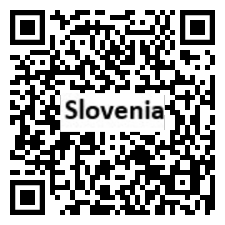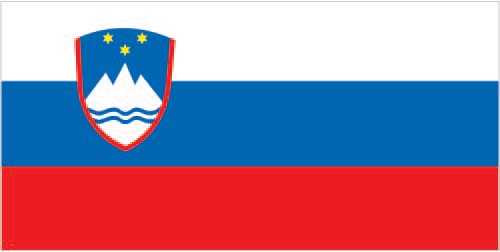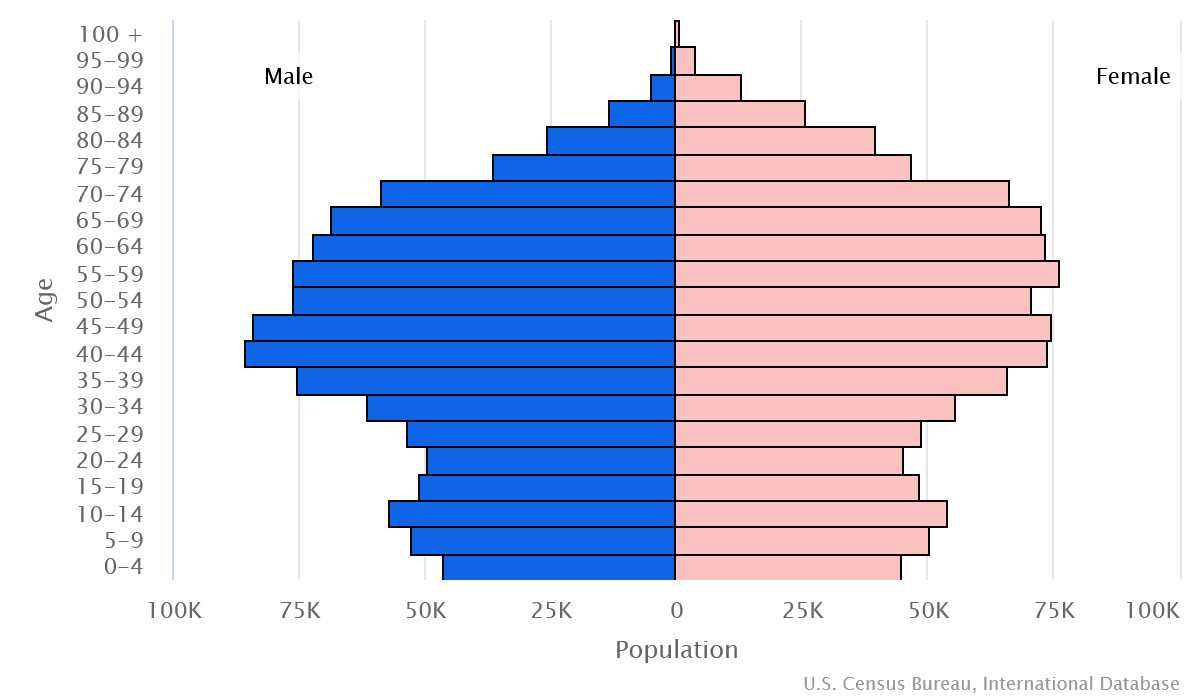Introduction
Background
In 1918, Slovenia, then part of the Austro-Hungarian Empire, joined the Kingdom of Serbs, Croats, and Slovenes, which was renamed Yugoslavia in 1929. After World War II, Slovenia joined the new Socialist Federal Republic of Yugoslavia. In 1991, Slovenia declared independence after a 10-day war with Serbia. Slovenia joined NATO and the EU in 2004 and the euro zone and the Schengen Area in 2007.
Geography
Area
total : 20,273 sq km
land: 20,151 sq km
water: 122 sq km
Climate
Mediterranean climate on the coast, continental climate with mild to hot summers and cold winters in the plateaus and valleys to the east
Natural resources
lignite, lead, zinc, building stone, hydropower, forests
People and Society
Population
total: 2,097,893
Ethnic groups
Slovene 83.1%, Serb 2%, Croat 1.8%, Bosniak 1.1%, other or unspecified 12% (2002 est.)
Languages
Slovene (official) 87.7%, Croatian 2.8%, Serbo-Croatian 1.8%, Bosnian 1.6%, Serbian 1.6%, Hungarian 0.4% (official, only in municipalities where Hungarian nationals reside), Italian 0.2% (official, only in municipalities where Italian nationals reside), other or unspecified 3.9% (2002 est.)
Religions
Catholic 69%, Orthodox 4%, Muslim 3%, Christian 1%, other 3%, atheist 14%, non-believer/agnostic 4%, refused to answer 2% (2019 est.)
Population growth rate
-0.1% (2024 est.)
Government
Government type
parliamentary republic
Capital
name: Ljubljana
Executive branch
chief of state: President Natasa PIRC MUSAR (since 23 December 2022)
head of government: Prime Minister Robert GOLOB (since 1 June 2022)
Legislative branch
description: bicameral Parliament consists of:
National Council (State Council) or Drzavni Svet (40 seats; members indirectly elected by an electoral college to serve 5-year terms); note - the Council is primarily an advisory body with limited legislative powers
National Assembly or Drzavni Zbor (90 seats; 88 members directly elected in single-seat constituencies by proportional representation vote and 2 directly elected in special constituencies for Italian and Hungarian minorities by simple majority vote; members serve 4-year terms)
Economy
Economic overview
high-income, EU and eurozone member economy; high per-capita income and low inequality; key exports in automotive and pharmaceuticals; tight labor market with low unemployment; growth supported by EU funds and reconstruction from 2023 floods; pressures over public sector wage demands
Real GDP (purchasing power parity)
$102.036 billion (2023 est.)
$100.442 billion (2022 est.)
$98.03 billion (2021 est.)
Real GDP per capita
$48,100 (2023 est.)
$47,600 (2022 est.)
$46,500 (2021 est.)
Agricultural products
milk, maize, wheat, barley, grapes, chicken, potatoes, apples, beef, pork (2022)
Industries
ferrous metallurgy and aluminum products, lead and zinc smelting; electronics (including military electronics), trucks, automobiles, electric power equipment, wood products, textiles, chemicals, machine tools
Exports
$57.489 billion (2023 est.)
$56.51 billion (2022 est.)
$51.662 billion (2021 est.)
Exports - partners
Switzerland 18%, Germany 14%, Italy 11%, Croatia 8%, Austria 7% (2022)
Exports - commodities
packaged medicine, cars, refined petroleum, electricity, vehicle parts/accessories (2022)
Imports
$52.826 billion (2023 est.)
$55.158 billion (2022 est.)
$47.997 billion (2021 est.)
Imports - partners
Switzerland 17%, China 11%, Italy 10%, Germany 10%, Austria 7% (2022)
Imports - commodities
packaged medicine, nitrogen compounds, refined petroleum, cars, electricity (2022)
Exchange rates
euros (EUR) per US dollar -
Page last updated: Wednesday, July 24, 2024




